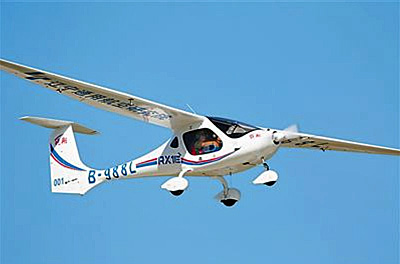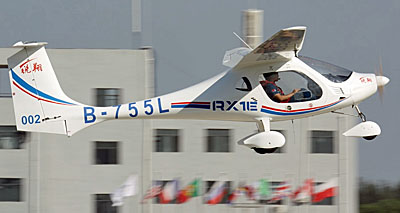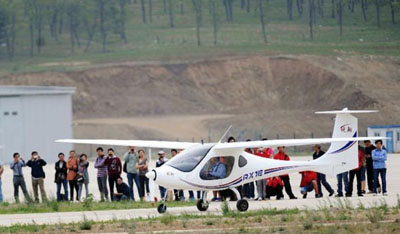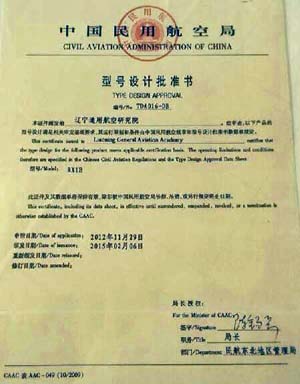 All over the world, electric airplanes are getting remarkable amounts of attention, deservedly so as an exciting development to match work in cars and other vehicles. These days, while drones (also called UAVs, UASs, or RPVs) are made in various countries, a lot of the development comes from China … so why be surprised to hear of a positive development in a Chinese human-occupied aircraft?
All over the world, electric airplanes are getting remarkable amounts of attention, deservedly so as an exciting development to match work in cars and other vehicles. These days, while drones (also called UAVs, UASs, or RPVs) are made in various countries, a lot of the development comes from China … so why be surprised to hear of a positive development in a Chinese human-occupied aircraft?
Is it the first “certified” electric? Well, “certified” is a term that can be challenging to define as the word means different things in different countries. For example, we’ve already produced a video covering the American-designed, Chinese-developed eSpyder from Yuneec. It won German approval in 2013. My flying experience on eSpyder is documented in this article. You can also read a more encompassing electric aircraft review article from 2011, though with the rapid pace of development such articles become dated rather quickly.
 eSpyder developer Yuneec has also worked extensively on their e430, a two-seat, motorglider-like, pure-electric aircraft. Perhaps that was China’s first electric two seater but now consider the Rui Xiang RX1E, a high-wing, side-by-side two-place aircraft. As does Yuneec’s e430, RX1E uses high wing cantilever construction and long slender wings. According to Cafe Foundation — the group that closely monitors electric aircraft developments and hosts professional symposia — RX1E has been “designed by the Liaoning General Aviation Institute while Shenyang Aircraft Manufacturing [of Cessna Skycatcher fame] manufactures the aircraft under the Rui Xiang General name.” Cafe Foundation gathered some of their facts from China News Service.
eSpyder developer Yuneec has also worked extensively on their e430, a two-seat, motorglider-like, pure-electric aircraft. Perhaps that was China’s first electric two seater but now consider the Rui Xiang RX1E, a high-wing, side-by-side two-place aircraft. As does Yuneec’s e430, RX1E uses high wing cantilever construction and long slender wings. According to Cafe Foundation — the group that closely monitors electric aircraft developments and hosts professional symposia — RX1E has been “designed by the Liaoning General Aviation Institute while Shenyang Aircraft Manufacturing [of Cessna Skycatcher fame] manufactures the aircraft under the Rui Xiang General name.” Cafe Foundation gathered some of their facts from China News Service.
Cafe continued their report writing that RX1E is “…made of carbon fiber composite material, uses a 10 kilowatt-hour lithium battery [that is] enough for a 40-minute flight. Charging takes one-and-a-half hours and restores enough energy to make a 40-minute flight, all for about 5 yuan (80 cents).

My source of the certification news offered to ask company officials for more details and when I have more I will update this article.



Leave a Reply